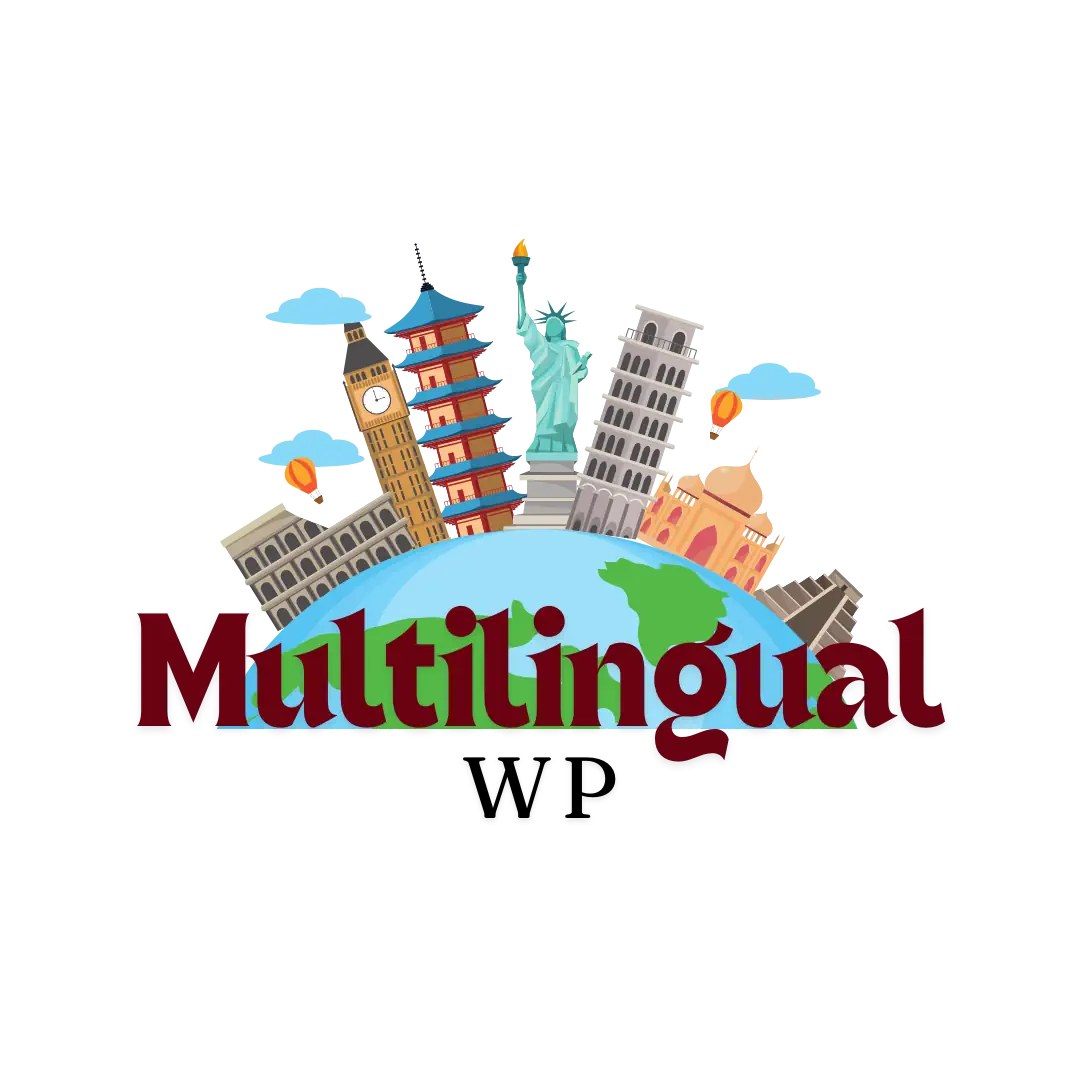In today’s global digital landscape, websites often cater to audiences that speak different languages and reside in various geographical locations. To ensure that the right version of a webpage is presented to the right user, hreflang tags are indispensable. This article delves into what hreflang tags are, why they are crucial for SEO, and provides a step-by-step guide on how to implement them in WordPress using the WPML plugin.
What are Hreflang Tags?
Hreflang tags are HTML attributes used to specify the language and geographical targeting of a webpage. Introduced by Google in December 2011, these tags help search engines understand the language and region of the content on a page. This ensures that users see the version of a page that is most appropriate for them, based on their language and location.
Example of a Hreflang Tag
A basic hreflang tag looks like this:
<link rel="alternate" hreflang="en" href="https://example.com/en/page.html" />
In this example:
rel="alternate"indicates an alternate version of the page.hreflang="en"specifies that the page is in English.href="https://example.com/en/page.html"provides the URL of the English version of the page.
Why are Hreflang Tags Crucial for SEO?
1. Enhanced User Experience
By delivering the correct language and regional version of a webpage, hreflang tags enhance the user experience. Users are more likely to engage with content they can understand and that is relevant to their locale.
2. Avoid Duplicate Content Issues
Hreflang tags help search engines recognize that pages with similar content in different languages or targeted at different regions are not duplicate content, but rather, appropriate versions for different audiences. This prevents penalties related to duplicate content.
3. Improved Local SEO
Hreflang tags can significantly improve local SEO efforts by ensuring that the most relevant content is displayed in local search results, increasing visibility and click-through rates in target regions.
4. Reduced Bounce Rates
When users land on a page in their preferred language, they are less likely to leave immediately, which reduces bounce rates and signals to search engines that your site provides valuable content.
Implementing Hreflang Tags in WordPress: A Step-by-Step Guide
Step 1: Determine Your Language and Region Codes
Before implementing hreflang tags, determine the language and region codes you need. Language codes are based on ISO 639-1 standards (e.g., “en” for English, “fr” for French). Region codes follow ISO 3166-1 Alpha 2 standards (e.g., “US” for the United States, “FR” for France).
Step 2: Install the WPML Plugin
WPML (WordPress Multilingual Plugin) is a powerful tool for managing multilingual sites and automatically adding hreflang tags.
- Purchase and Download WPML:
- Visit the WPML website and purchase a plan that suits your needs.
- Download the WPML plugin files.
- Install and Activate WPML:
- Go to your WordPress dashboard.
- Navigate to Plugins > Add New.
- Click on “Upload Plugin” and select the downloaded WPML files.
- Click “Install Now” and then “Activate.”
Step 3: Configure WPML for Your Languages
- Set Up WPML:
- After activation, you will be prompted to configure WPML.
- Select the primary language of your site and add additional languages you want to support.
- Translate Your Content:
- Go to WPML > Translation Management.
- Follow the instructions to translate your posts, pages, and other content into the additional languages.
Step 4: Verify Hreflang Tag Implementation
WPML automatically adds hreflang tags to your site’s head section based on the languages you configured. To verify:
- Check the Page Source:
- Open one of your translated pages in a browser.
- Right-click on the page and select “View Page Source.”
- Look for hreflang tags within the
<head>section, ensuring they are correctly implemented.
Step 5: Test Your Implementation
After setting up WPML and adding translations, it is crucial to test their implementation. Google’s Search Console provides a tool to test and debug hreflang tags:
- Access Google Search Console:
- Navigate to Google Search Console and sign in.
- Use the URL Inspection Tool:
- Enter the URL of a page you’ve added hreflang tags to.
- Check the “Hreflang” section in the Coverage report to ensure tags are recognized and correctly implemented.
Conclusion
Hreflang tags are essential for websites targeting multilingual and multi-regional audiences. They play a significant role in enhancing user experience, improving local SEO, and avoiding duplicate content issues. By following the steps outlined above and using the WPML plugin, you can effectively implement and optimize hreflang tags on your WordPress site, ensuring that your global audience accesses the most relevant version of your content.
